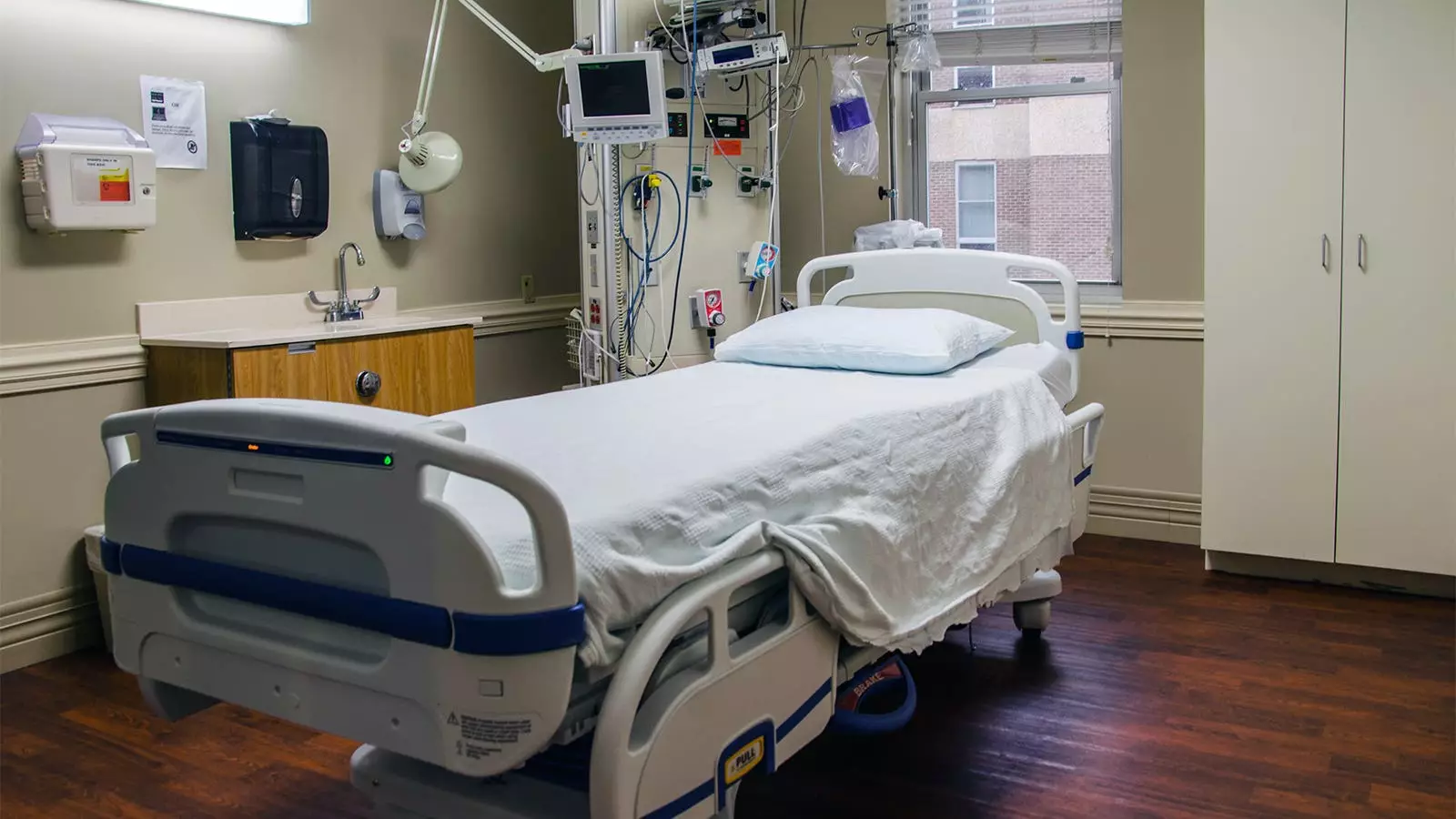Public health investigators have discovered a concerning link between two cases of multidrug-resistant bacterial infections and a sink located in the intensive care unit (ICU) room where both patients had been admitted, albeit four months apart. Megan Cahill, PhD, and her team from the Epidemic Intelligence Service at the CDC and the Idaho Division of Public Health uncovered this association during their investigation into the infections in question. Both patients had spent a month in the ICU, had been on mechanical ventilation, and subsequently developed carbapenemase-producing carbapenem-resistant Pseudomonas aeruginosa (CP-CRPA) infections. The isolates collected from the patients were analyzed and determined to possess the same carbapenemase-producing gene as samples taken from the ICU room sink [1].
Risk Factors and Acquisition
The two patients in question had required an extended period of mechanical ventilation (ranging from 3 to 5 weeks), which is recognized as a risk factor for CRPA infections. Routine serial sputum cultures were conducted to monitor for ventilator-associated infections or complications, and initial samples from both patients did not reveal any signs of the multidrug-resistant infection, strongly suggesting that both cases were hospital-acquired [1].
The Cases
In the first case, a middle-aged woman was identified with CRPA on September 17, 2021, after the fifth sample of her sputum, collected through endotracheal tube aspiration, tested positive for the infection. The second case was discovered on January 25, 2022, in a woman over the age of 65, through a third serial specimen sample. Subsequently, this patient was transferred to a long-term care facility without being placed on contact precautions due to a failure in communication. Fortunately, person-to-person transmission of the infection was not observed at either facility [1].
Whole genome sequencing performed at the Utah Public Health Laboratory determined that both CP-CRPA isolates from the patients possessed the active-on-imipenem metallo-beta-lactamase (IMP) carbapenemase gene type 84 (blaIMP-84) and belonged to multilocus sequence type 235 (ST235). Although 16 other patients had also stayed in the same ICU room, with median stays of 3.5 days, and been admitted for various lengths of time, no additional cases of CP-CRPA were identified. This may be due to the fact that shorter stays (of 12 days or less) or the absence of mechanical ventilation reduced the risk of transmission [1].
The Sink Connection
Following the second case, the ICU room was closed, and a team from the Idaho Division of Public Health collected environmental samples, including those taken from sinks and toilets. Given that P. aeruginosa can persist in biofilm, which is a collection of microorganisms adherent to a surface such as pipes, it was crucial to examine these areas. Genetic analysis of the samples from the sink drain in the ICU revealed a similarity to the isolates from the two patients: CP-CRPA ST235 with blaIMP-84 [1].
Once the connection was established, the Idaho Division of Public Health Healthcare Associated Infections program, in consultation with the CDC, provided recommendations to address the issue:
– Close the ICU room until the sink is disinfected with a foam peracid mixture that is EPA-registered for drain biofilm disinfection against P. aeruginosa. Repeat this process weekly for all ICU room drains along with routine cleaning.
– Install sink splash guards and introduce sink hygiene practices.
– Collect specimens from the next 10 patients staying in the ICU room to detect CP-CRPA infections. Alternatively, collect specimens for at least 3 months.
– Continue to submit CRPA isolates to the Idaho Bureau of Laboratories for carbapenemase gene identification.
– After patient transfers, ensure that infection preventionists have received the recommendations for contact precautions.
– Although the researchers observed successful elimination of CP-CRPA with the addition of drain disinfectant to the sink cleaning routine, the optimal frequency of drain disinfection to disrupt CP-CRPA biofilm formation remains unclear [1].
It is essential to acknowledge the limitations of this study. Screening for infections was voluntary at the Idaho hospital and long-term care facility, which means that firm conclusions about the extent of transmission cannot be drawn. Furthermore, the specific mechanisms of transmission, such as sink splashing onto patient care items, personnel, or visitors and subsequent transfer to patients, were not assessed in detail [1].
This investigation highlights the critical importance of collaboration between healthcare facilities and public health agencies in identifying and responding to clusters of multidrug-resistant bacterial infections in a healthcare setting. The link discovered between the two CP-CRPA cases and the ICU room sink underscores the need for sink hygiene interventions and regular testing of bacterial isolates for carbapenemase genes. By implementing recommended interventions and following best practices, healthcare facilities can minimize the risk of transmission and effectively manage outbreaks of multidrug-resistant infections [1].
[1] Source: Public Health Investigators Link Multidrug-Resistant Bacterial Infections to Sink. (2022, April 1). Login To Your Account | CDC. https://www.cdc.gov/media/mmwrnews/2022/$%7Buuid5569323d0a8f5-654327fe026f6633f7$%7D.htm


Leave a Reply